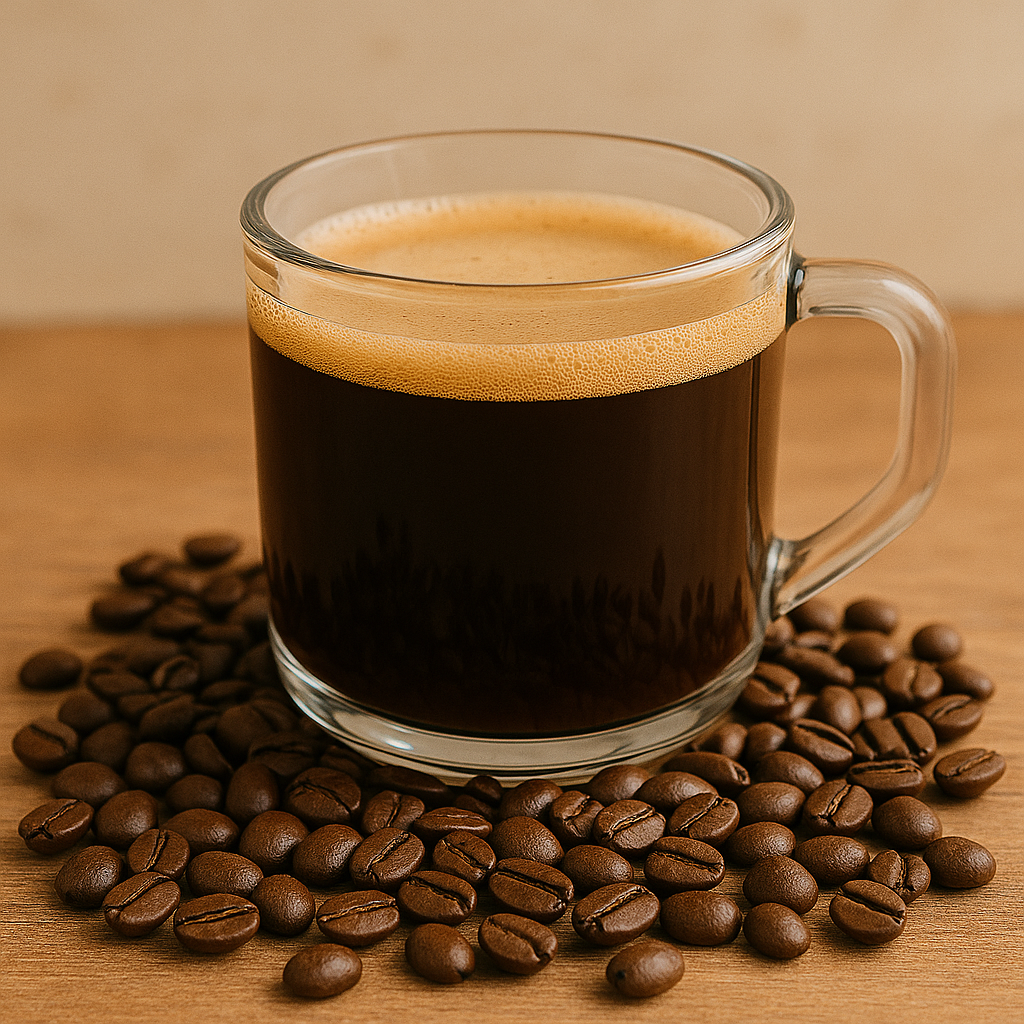
Beans and Brews: Why Brewing Method Matters
Beans and Brews: A Complete Guide to Matching Coffee Beans with Brewing Methods
When it comes to getting the most out of your morning cup, pairing the right coffee bean with the right brew method is everything. Not all beans are created equal, and not all brewing methods treat beans the same.
In this comprehensive guide, we’ll break down the science behind extraction, how different beans behave across brew styles, and why matching beans and brews unlocks the best flavor possible.
Why Brewing Method Matters
Each brew method; French press, espresso, pour-over, AeroPress, cold brew uses a unique combination of pressure, heat, and time to extract flavor. According to Illy and Viani (2005), extraction affects not just taste, but also caffeine content, aroma, and mouthfeel.
"The chemical complexity of coffee means that temperature, grind size, and brew time all play a pivotal role in flavor release" (Illy & Viani, 2005).
Bean Breakdown: Types and Roast Levels
| Bean Type | Roast Level | Flavor Profile | Best For |
|---|---|---|---|
| Arabica | Light to Medium | Sweet, acidic, floral | Pour-over, drip, Chemex |
| Robusta | Dark | Bitter, earthy, more caffeine | Espresso, moka pot |
| Single-Origin | Light to Medium | Unique terroir-driven notes | French press, V60 |
| Flavored Blends | Medium to Dark | Sweet, spicy, chocolatey additions | Cold brew, drip |
Matching Brews to Beans: What Works Best
1. French Press + Medium Roast
The French press method uses immersion brewing, which works best with medium roast beans to pull out oils and body.
2. Espresso + Dark Roast
Espresso requires high pressure and a fine grind. Bold, dark roasts like Overclock’s Zombie Espresso Antidote provide the crema-rich, high-intensity shot true espresso fans love.
3. Pour-Over + Light Roast
This slow, manual process shines with light roast beans like Expedition: Colombia, which express subtle floral and citrus notes.
4. Cold Brew + Flavored Beans
Cold brew brewing allows flavored coffees like Jack’s Cursed Coco-Rum to infuse slowly, preserving sweetness without bitterness.
5. Drip Machine + Balanced Medium Roasts
Medium roasts with complex but not overpowering profiles work best here, such as like French Toast Capacitor, a maple-cinnamon masterpiece.
Pro Tips for Brewing Success
- Grind size matters. Use a coarse grind for French press, fine for espresso, and medium for drip.
- Use fresh beans. Coffee beans lose flavor within 2–4 weeks of roasting (Clarke & Macrae, 1988).
- Measure properly. The golden ratio is 1:16, one part coffee to sixteen parts water.
- Water quality counts. Hard water affects flavor and extraction consistency.
Overclock Coffee Recommendations by Method
| Brewing Method | Recommended Overclock Blend | Notes |
| French Press | Dragon's Breath Roast | Full-bodied, chocolatey base |
| Espresso | Zombie Espresso Antidote | Bold, high-caffeine performance |
| Pour-Over | Expedition: Colombia | Single-origin, bright, fruity |
| Cold Brew | Jack’s Cursed Coco-Rum | Smooth coconut-rum flavors |
| Drip | French Toast Capacitor | Balanced maple and cinnamon richness |
Final Thoughts
Knowing your beans is only half the journey, knowing how to brew them unlocks the rest. Whether you’re team French press or a pour-over purist, let Overclock Coffee help you match your brew style to the perfect roast.
Because great coffee isn’t just about what you drink; it’s how you brew it.
References
Illy, A., & Viani, R. (2005). Espresso Coffee: The Science of Quality. Academic Press. https://www.sciencedirect.com/book/9780123703712/espresso-coffee
Clarke, R. J., & Macrae, R. (1988). Coffee: Volume 1: Chemistry. Springer. https://link.springer.com/book/10.1007/978-94-009-2885-0
National Coffee Association. (2022). Brewing Basics: Coffee Science. https://www.ncausa.org/About-Coffee/How-to-Brew-Coffee
